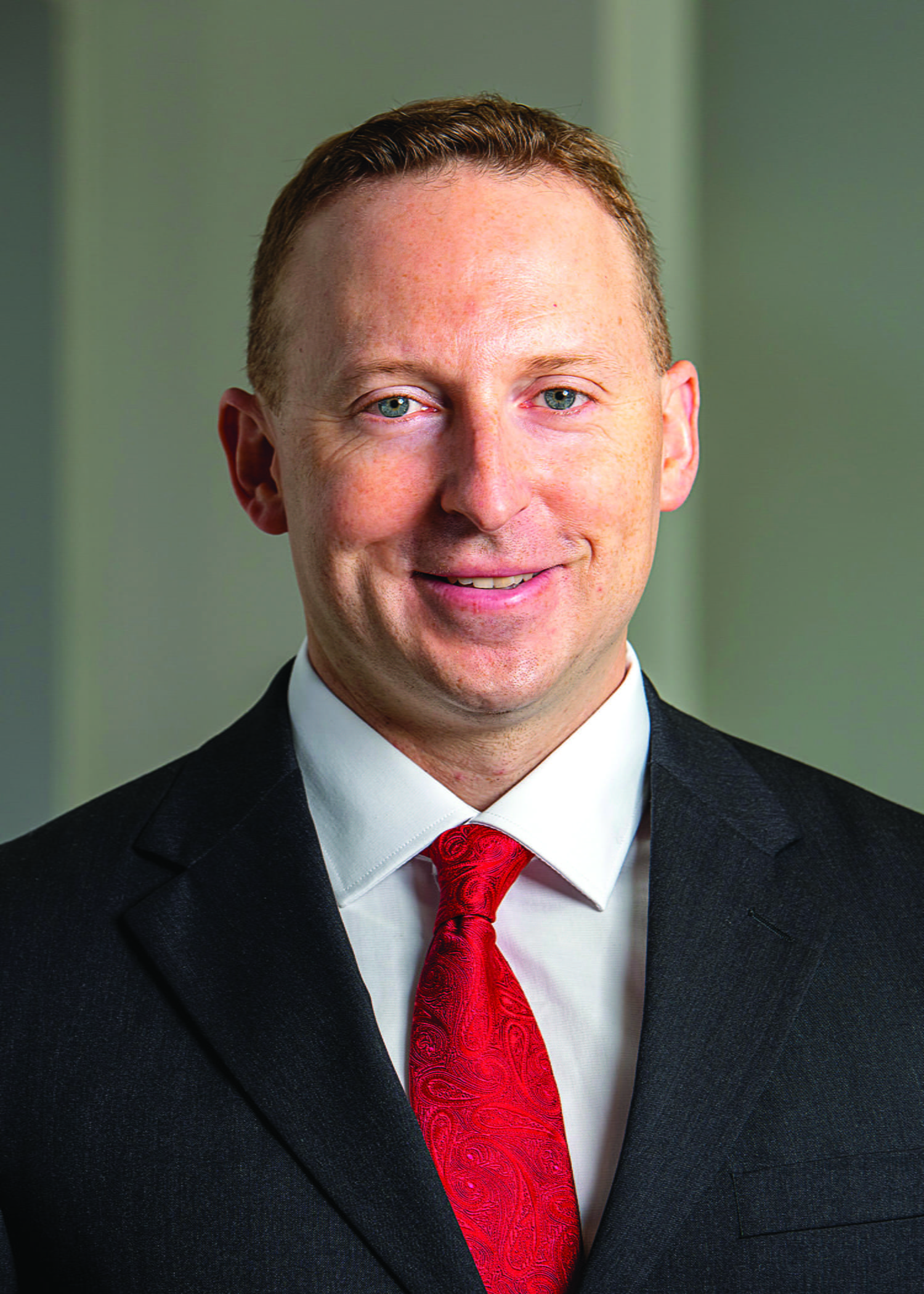April 17, 2014
 COLUMBUS, Ohio – You may never have heard them referred to as “endurance athletes,” but chances are you know one. They’re cyclists, swimmers and runners who participate in sports that require almost constant training; and from bicycle races to 5k runs to marathons, their numbers are booming.
COLUMBUS, Ohio – You may never have heard them referred to as “endurance athletes,” but chances are you know one. They’re cyclists, swimmers and runners who participate in sports that require almost constant training; and from bicycle races to 5k runs to marathons, their numbers are booming.
To meet the medical needs of this rapidly growing group, Ohio State’s Sports Medicine has created one of the first programs in the country dedicated solely to endurance sports.
“They aren’t like other athletes. Because of the nature of their sports, they have to train constantly and even a minor injury can take a heavy toll, especially if it’s not treated properly from the outset,” Miller said.
When dealing with injuries to endurance athletes, Miller uses everything from cross training to high-tech movement analysis to underwater treadmills. Overuse accounts for most of the injuries Miller sees in endurance athletes, mainly sprains and stress fractures.
A serious stress fracture in a foot was the injury that had the potential to derail the training regimen of Olympic hopeful Korbin Smith. A surgical repair might have sidelined him for months and put his Olympic dreams in serious jeopardy.
“You can go about it aggressively off the get-go. You can have surgery immediately, but not everyone wants to have a permanent pin or plate in their foot,” Smith said.
In order to heal his injured foot while inhibiting his training as little as possible, Smith turned to Dr. Miller and his endurance medicine team. They allowed Smith to continue running – under water, using a special treadmill and pool.
